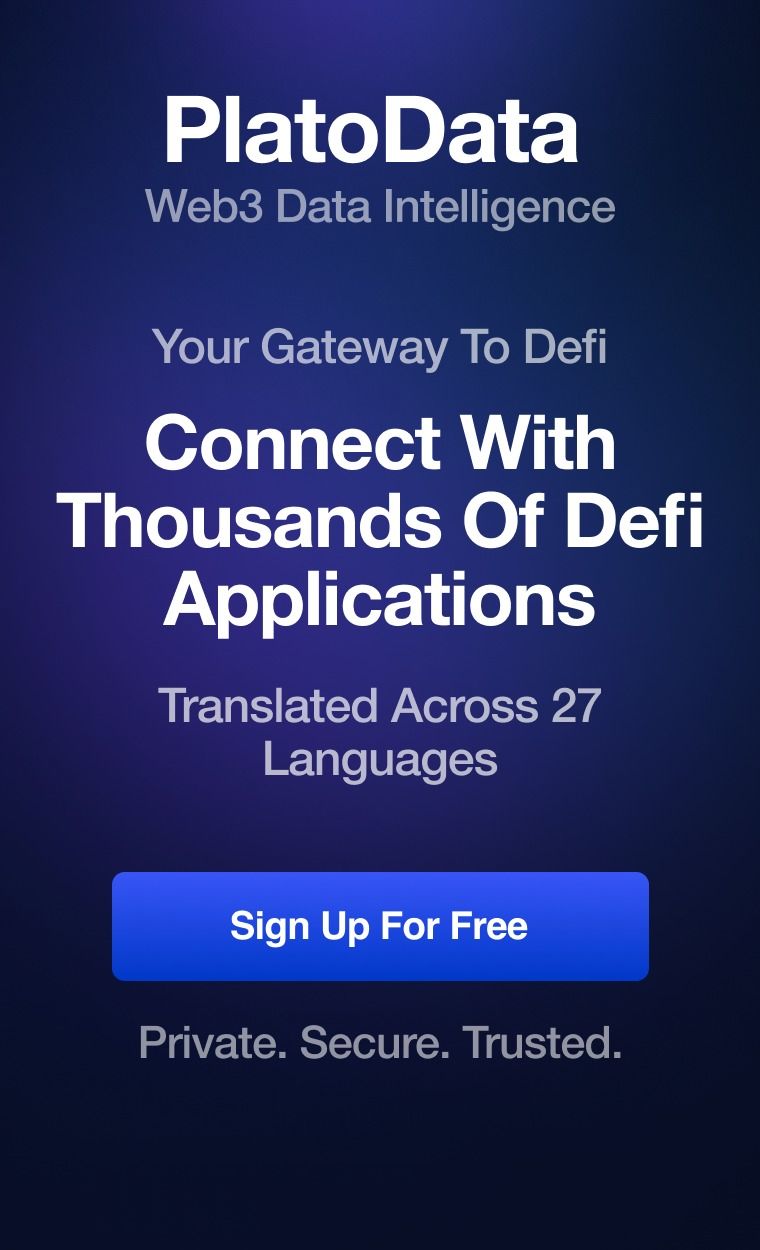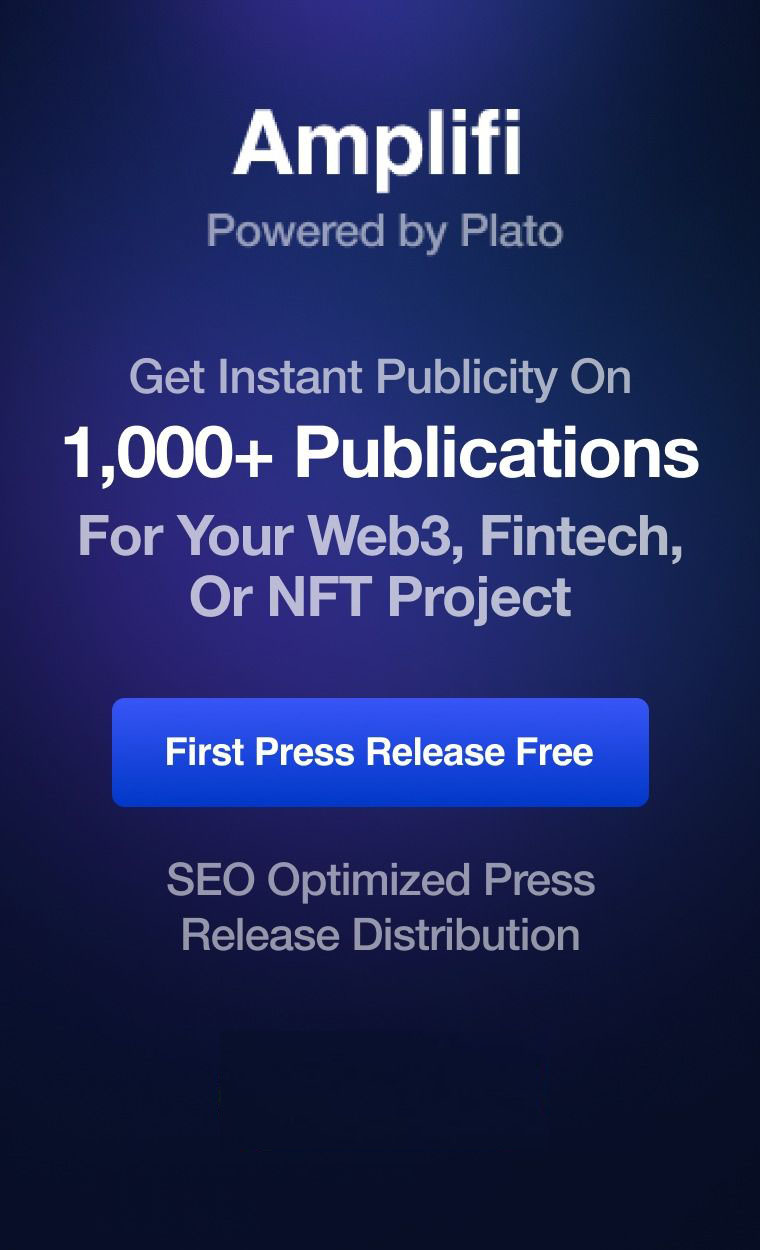Blockchain came with a goal to disrupt everything and with it came a plethora of new concepts that the world had never considered before. Cryptocurrencies, DeFi, Yield farming, digital assets, and a lot more concepts accompanied Blockchain in creating a new ecosystem and one of the major components of this ecosystem turned out to be blockchain tokenization.
With bitcoin and other cryptocurrencies, Blockchain enables the representation of virtual money on a digital platform. Gradually, the platform evolved into representing the fiat currencies too through the use of stable coins. But what about other assets?
Assets have been the foundational element in building empires. Whether it is the trade of silk, spices, or crops in ancient times or the trade of rare collectable items such as art or in-game purchases in modern times, the ability to trade assets is imperative.
So, as digitalisation becomes the future, how are we going to digitalise such assets in order to complete the ecosystem? The answer is – Tokenization.
What is Blockchain Tokenization?
Tokenisation refers to the representation of physical or non-physical assets in the form of tokens so that they can be digitised and used over the network, on top of a Blockchain. But the concept of Tokenisation is no revelation and it is certainly not a concept born out of Blockchain. In reality, Tokenization has always existed around us such as the tokens we buy to play games or the tokens we buy for theme parks or even the tokens we earn as rewards on our credit cards.
What Blockchain brings to the table is the ability to not just represent real-life assets but also to trade them in a decentralised manner. Industries such as Real estate, artwork, and stocks among many others have started reaping the benefits of tokenization, experiencing innumerable benefits.
Going back to the ’70s, Tokenization first came to light by becoming a data security model for the financial institutions for the protection of confidential information such as credit card numbers or personally identifiable information. Here, a combination of letters and numbers was used to represent confidential information and this combination was called a token.
Tokenisation With Blockchain
With Blockchain, Tokenisation has been exposed to a long-awaited evolution. Shifting its application from data security, Tokenisation today is more like the security of an asset, or more specifically, a digital asset.
With this evolution, Tokenisation on a Blockchain platform opened the doors to a plethora of possibilities and the further bifurcation of tokens introduced an even higher level of applicability.
Essentially, there are two types of tokens – Fungible and Non-Fungible.
- Fungible Tokens
There are two factors that define a fungible token.
- The ability to be interchanged
- The ability to be split
So combining these factors we can define a fungible token as the representation of a digital asset that can be interchanged or split into smaller parts.
For instance, if you borrow $100 from your friend then, most probably, you will return the money by giving some other note or you may even return the money in parts lets say five $20 notes. Here, the $100 notes are interchangeable because they carry the same value so it can be said that they are not unique.
The most common standard of creating Fungible tokens on a Blockchain platform is through the ERC-20 token standard. It is an Ethereum-based smart contract structure which has a few predefined functions that set a standard of a fungible token. For more information on ERC-20 tokens, you can visit this link.
- Non-fungible Tokens
If fungible tokens are representing assets that are interchangeable, how will a unique asset carry its value over a Blockchain? This is what non-fungible tokens do. Representing assets with unique properties or classifying them as a collectable item, Non-fungible tokens are non-divisible and non-interchangeable tokens.
For instance, a Non-fungible token can be used to represent a baseball card. You can not split the card into smaller parts. If you lend it to a friend, he has to return the same card back. Moreover, the card has some unique properties which define its value. No two cards will have the same value.
But being represented by a Non-fungible token doesn’t mean that an asset looks differently. Two assets may have the same appearance with only a small differentiating factor. For instance, two plane tickets may look the same but the seat number and customer name on those tickets differentiate them. Moreover, if a ticket is first-class, it will carry a much higher value than a second class.
ERC-721 token standard is used most commonly for the development of Non-fungible tokens. This token standard allows representation of a digital asset that can be bought or sold on the Blockchain but can not be divided or interchanged.
The popularity of Non-Fungible tokens
By allowing the implementation of real-life use cases on top of the Blockchain, Non-Fungible tokens have become the hottest topic in the world of Blockchain even more popular than DeFi.
However, the popularity is new but the concept of Non-Fungible token is not. Back in 2013, Colored Coins aimed at implementing something like a non-fungible token by trying to use bitcoins for the representation of stocks, bonds, and other real-world assets.
This was followed by the ‘Counterparty’ project that allowed the creation of virtual assets on the Bitcoin Blockchain. However, with the advent of Ethereum, the focus of the industry shifted towards the simpler and more acceptable token issuance on the Ethereum platform and the concept of non-fungible tokens got side-lined only to emerge as one of the mesmerizing concepts on Blockchain at a later period of time.
Essentially, the ERC-721 token standard that allows for the creation of Non-fungible tokens allows a developer to allocate more detailed attributes to an asset making it more unique unlike the name, symbol, balance, and total supply attributes of the ERC-20 tokens.
Here, the information regarding the ownership of an asset is also included in the contract along with the metadata. This ownership information leads to the property of provenance as the life of an asset can be traced through this ownership. This becomes an integral part of a use case that requires provenance for validation or authenticity of an asset such as in case of art or in any supply chain. This has allowed Blockchain to expand its horizon and venture into newer use cases.
Some of the Use cases made possible with the use of Non-fungible tokens are:
- Crypto-collectibles & Crypto-games:
- Asset Tokens
- Identity Tokens & Certificates
- Access Tokens
- Access Transfer Tokens
Benefits of Tokenisation With Quillhash
By providing an unprecedented platform for the tokenisation of your assets, Quillhash’s Tokenic exposes you to a broader market where you can not just tokenise your physical or digital assets but also enjoy the access to a global economy and leverage your assets to get unmatched investment opportunities and better liquidity than the traditional market.
A few use cases where we can see the powers of Tokenic unleashed are mentioned below:
- Real Estate Tokenisation
Tokenisation of your real-estate on tokenic introduces more transparency, trust, and compliance with the whole ecosystem. This further provides more liquidity, more investment opportunity, governance without a third party, faster paperless process, and an immutable audit.
2. Security Token Offering(STO)
Tokenic allows you to give a better return option to your investors through the creation of a security token offering. Essentially, the Quillhash team can develop your personalised STO which can be used by the investors as a means of profit sharing or diluting equity. This STO will be in accordance with the security regulations of your jurisdiction.
3. Gaming Asset Tokenisation
NFTs have revolutionised the gaming sector in a sense that the specific items in a game such as shields, power packs, skills, skins, or any other component can be represented as a token which can be shared with other users.
4. Art Tokenisation
Representing a piece of art and trading it digitally has always been a challenge but with Tokenic, it becomes a piece of cake. By creating a customised non-fungible token to represent a specific piece of art and then developing a complete ecosystem where these tokens can be utilised, the Quillhash team can digitalise the art world completely.
5. dNFTs
Tokenisation is not bound to Ethereum and dNFTs are the Quillhash’s way of proving this statement. dNFTs or distributed Non-Fungible tokens is an open-source free standard built on top of the EOS Blockchain. These dNFTs provide distributed ownership of NFTs in real-life applications. These types of tokens can allow a partial ownership model for assets such as songs or e-books. There are numerous industries that are going to be disrupted with the advent of dNFTs.
Tokenic is not the only weapon in Quillhash’s arsenal. A platform providing smart contract as a service, QuillPlay allows you to efficiently Develop, Deploy, Audit, and Monitor your decentralised applications.
With Tokenic provisioning the easy and efficient tokenization of your assets and QuillPlay allowing you to manage the complete lifecycle of your smart contracts combined with the expertise and capabilities of the Quillhash team, you can harness the true potential of Tokenization.
Are you looking for tokenization company, talk to experts for free:



